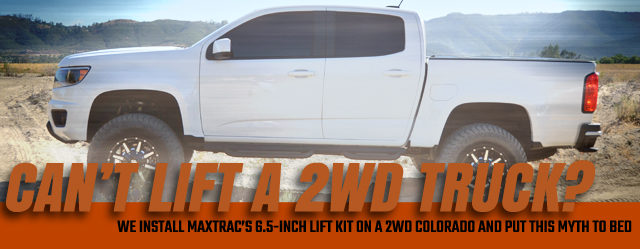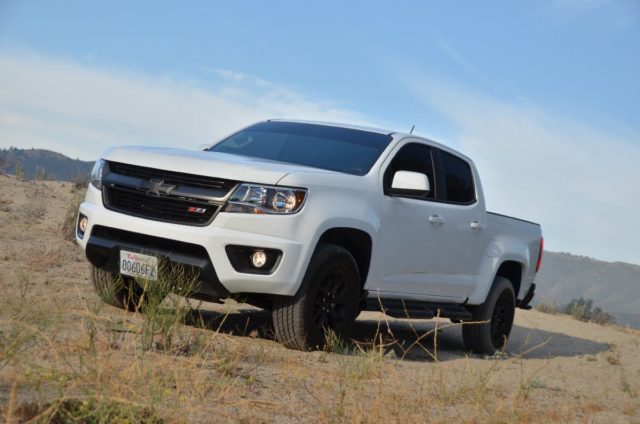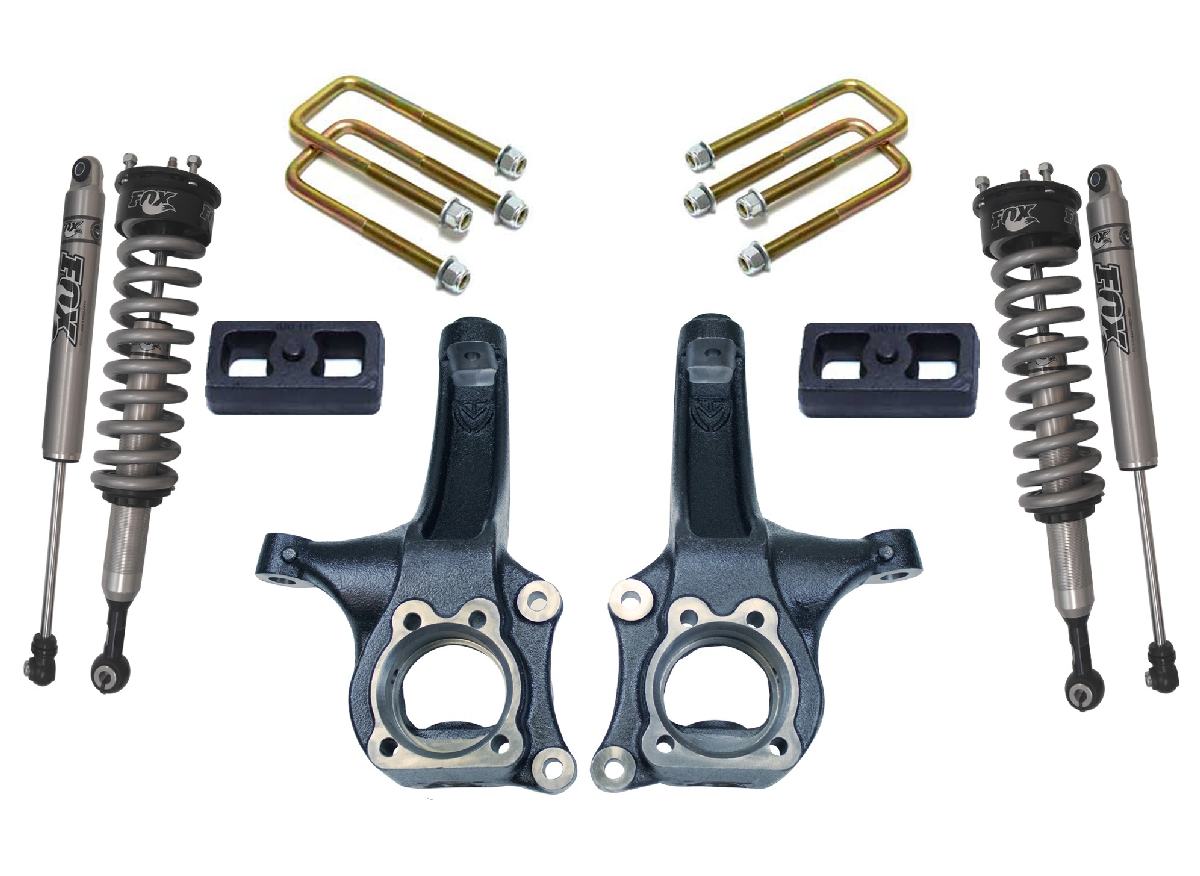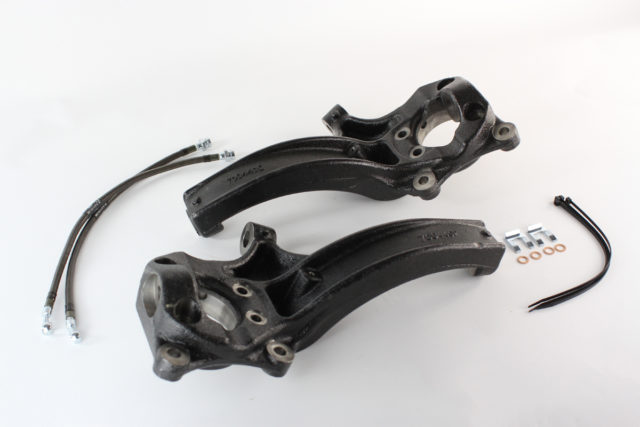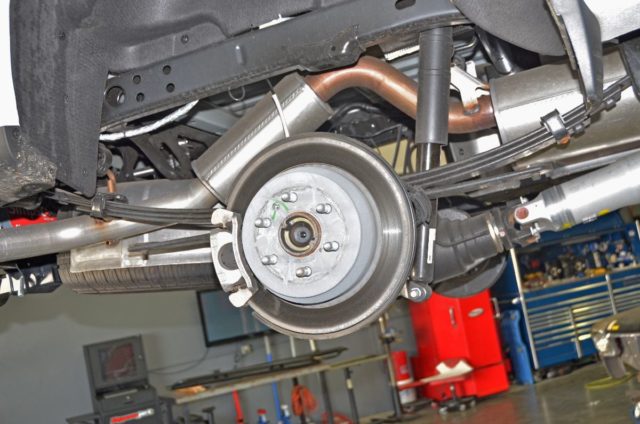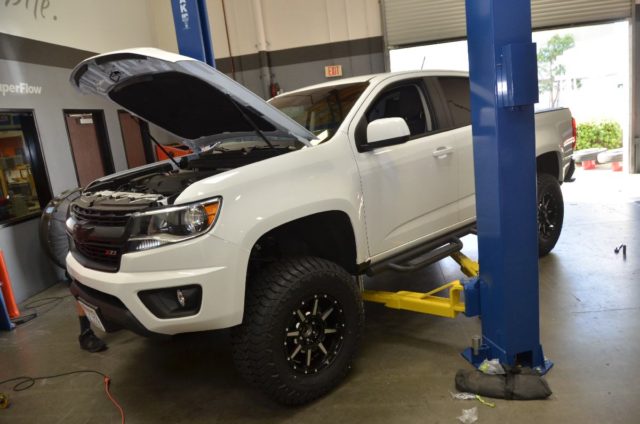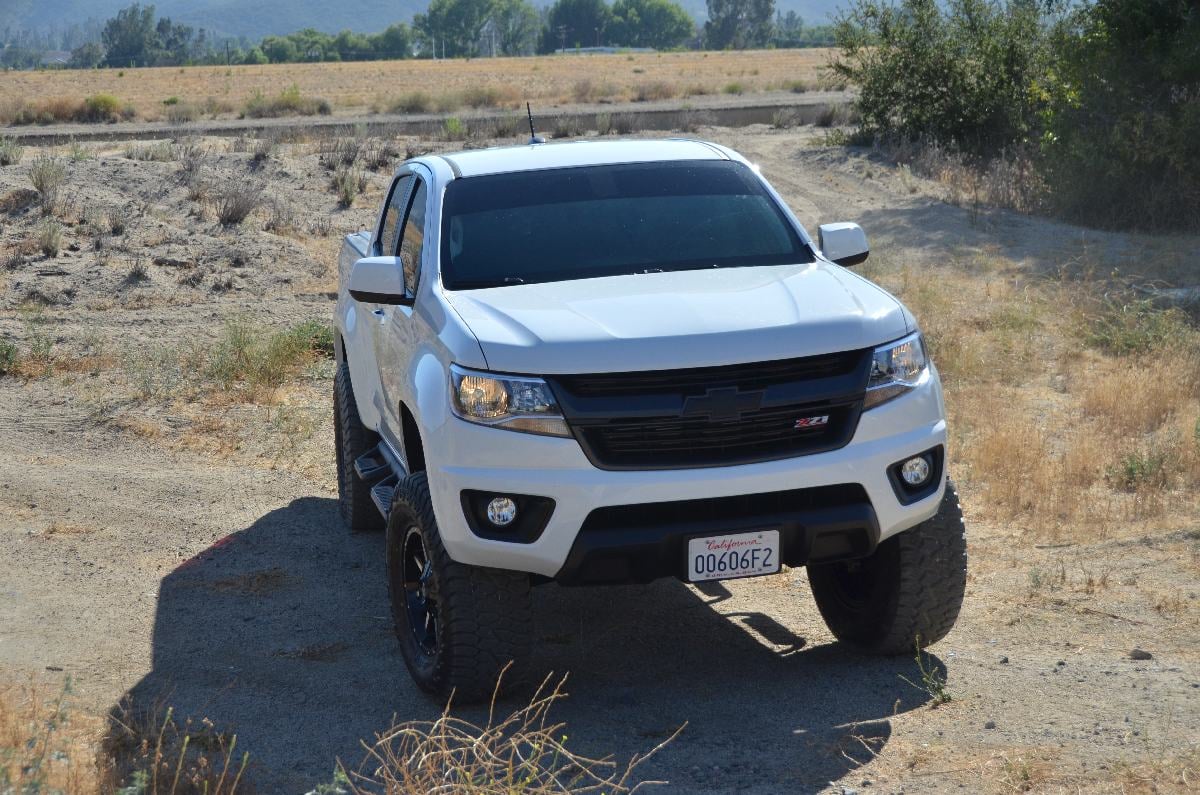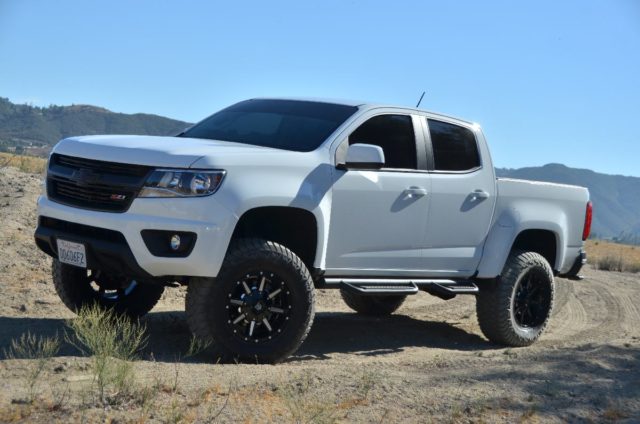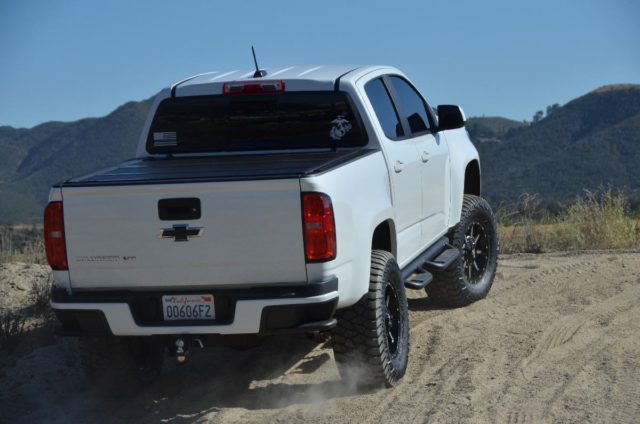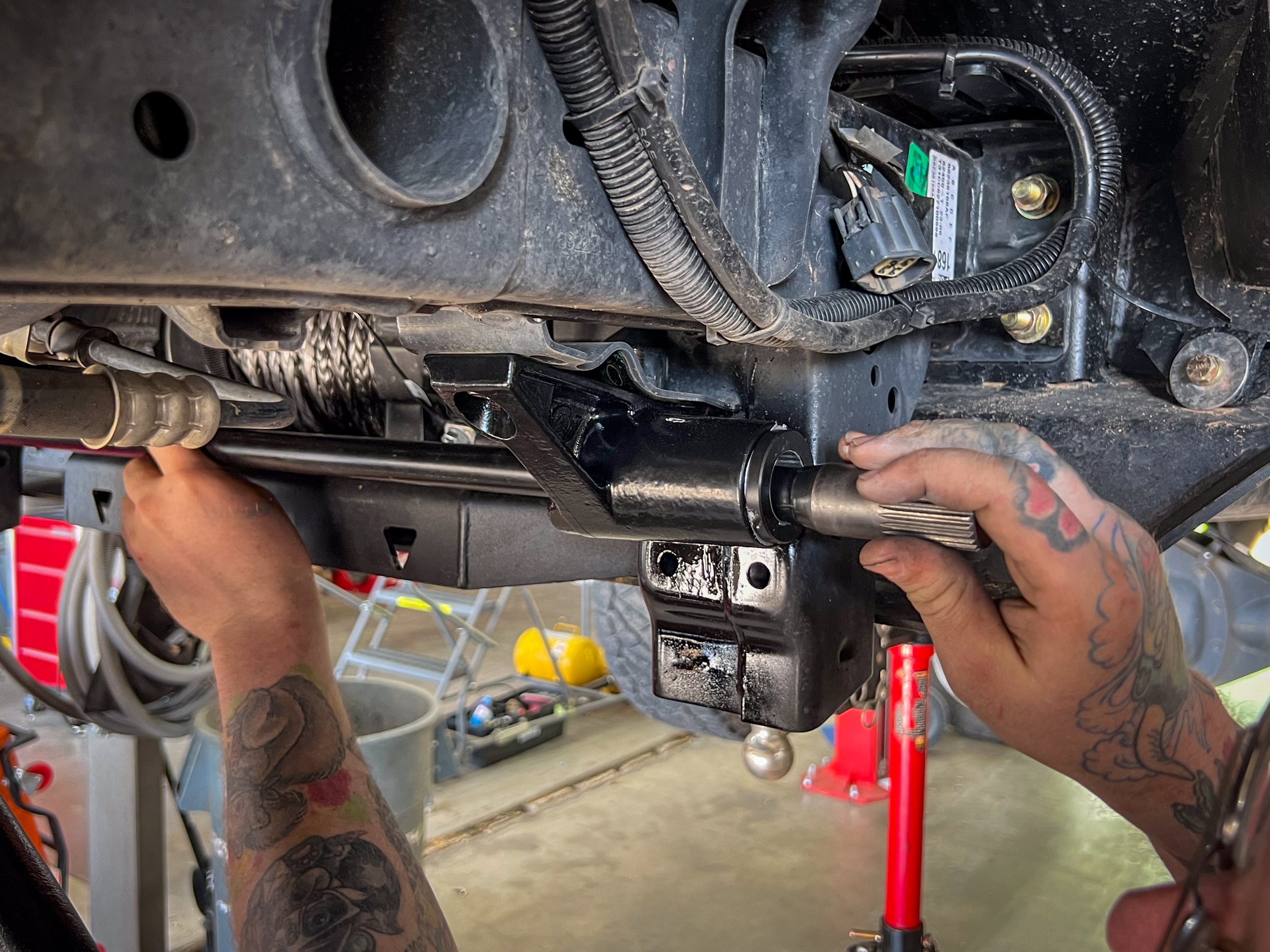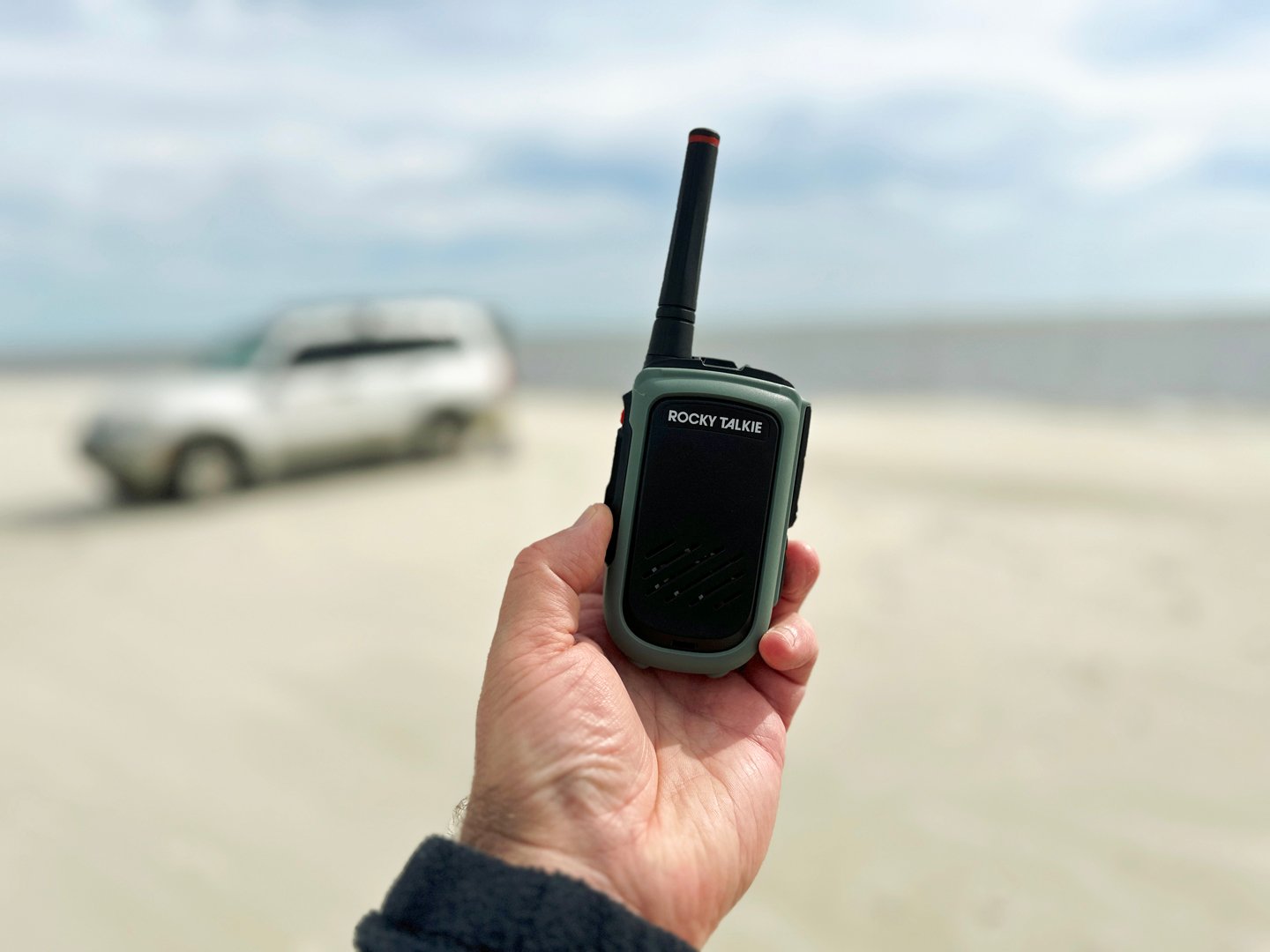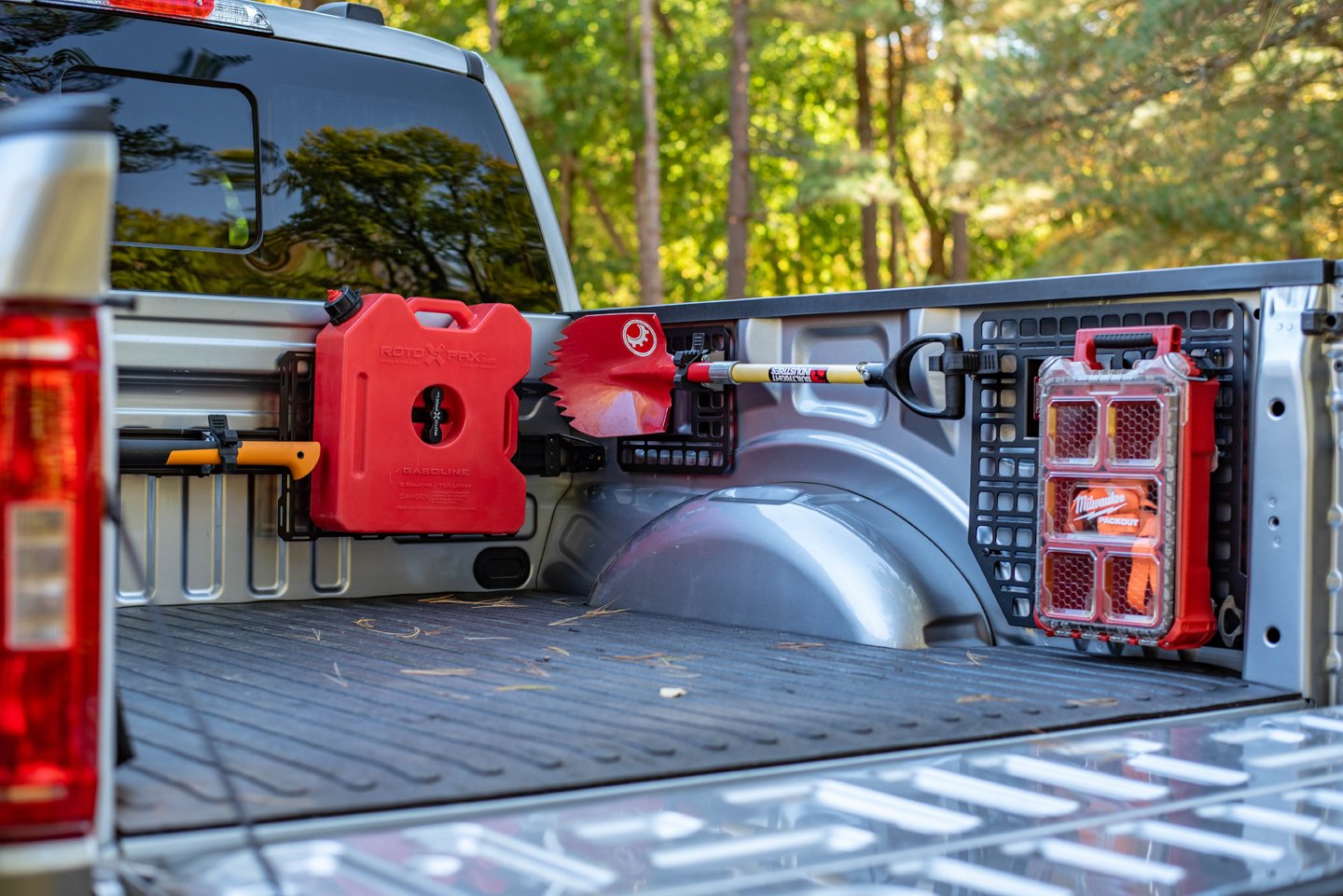With off-roading, four-wheel-drive is usually a go-to thought. Extra traction is almost always a good thing. However, two-wheel-drive vehicles have been off-roading since the beginning of the automotive world and are still very prevalent today in the off-road racing world. Many of the original Baja racers were two-wheel-drive, and many still are.
Each option has its own benefits; four-wheel-drive gives obvious traction benefits and two-wheel-drive is lighter and generally less expensive. But we aren’t here to determine which is better. We are here to remind you that two-wheel-drive off-roading is still an option, and MaxTrac Suspension is here to help.
Product Background
MaxTrac is the leading two-wheel-drive suspension lift manufacturer in the market today. With a wide range of options including lift, level, and lowering suspension components, MaxTrac is able to keep a finger on the pulse of the aftermarket and deliver high-quality components that go beyond getting the job done.
“We did quite a bit with the older-generation trucks, and the new body style truck is built with a severe nose low look,” explains Bob Sager, the National Sales Manager for Maxtrac Suspension. “We noticed that other companies started building lift kits for the 4WD platform, but no one was looking at the 2WD version. Maxtrac being the leader in the 2WD market, we decided to go all in on a lift kit designed for the 2WD Colorado/Canyon.”
MaxTrac's 6.5-inch lift for 2WD Chevy Colorado and GMC Canyons (PN K880463). To get even more performance out of your Colorado, MaxTrac offers its 6.5-inch lift with Fox 2.0 aluminum coilovers and FOX 2.0 rear shocks as well (PN K880463F).
When asked what makes MaxTrac components and kits so great, Sager said, “It’s the simplicity of our kits. These are truly bolt-on kits. No cutting or welding is involved, and the truck can be put back to stock by just reinstalling the factory parts. There are no dropped crossmembers to install, nor any factory components to cut off to fit the aftermarket parts. Also, most backyard mechanics can install our kits. We keep all of the factory geometries with our kits.”
MaxTrac 6.5-Inch Lift Kit Specs
Application: 2015-17 Chevy Colorado/GMC Canyon 2WD
Included components:
- 4-inch lift spindles
- Ductile iron casting
- Machined to OE specs for compatibility with OE hub and brake components
- Extended brake lines
- DOT approved
- 2.5-inch coilover spacers
- CNC machined 6061 aluminum
- Three-inch fabricated lift blocks
- (4) U-bolts with hardware
- MaxTrac twin tube nitrogen shocks
Options
- Fox 2.0 aluminum replacement coilovers
- Fox 2.0 rear shocks
To get a better understanding of the lift system for the Colorado, we decided to install one. The stock Colorado is a good riding vehicle that performs well both on and off-road, but there is always room for improvement, especially in the aesthetics department.
A weekend mechanic can handle most of the installation with basic hand tools, thanks to MaxTrac’s dedication to simplicity and high-end manufacturing. The one thing that not all DIYers may be able to handle is taking the original coilover apart and reassembling it with the new spacer. Many local auto shops can do this. Otherwise, users can upgrade to the replacement FOX coilovers and swap the entire unit out, gaining even better performance in the process.
Installation
We started with the rear of the truck. The fabricated three-inch blocks fit perfectly between the leaf spring pack and the axle tube. The provided U-bolts are specifically designed for the application. The square bolts fit properly around the leaf spring pack and are long enough for installation.
MaxTrac’s shocks are nitrogen-charged, twin-tube units that are the correct length and valving for the Colorado’s rear suspension with the new three-inch elevation. They install smoothly, just as the factory units did.
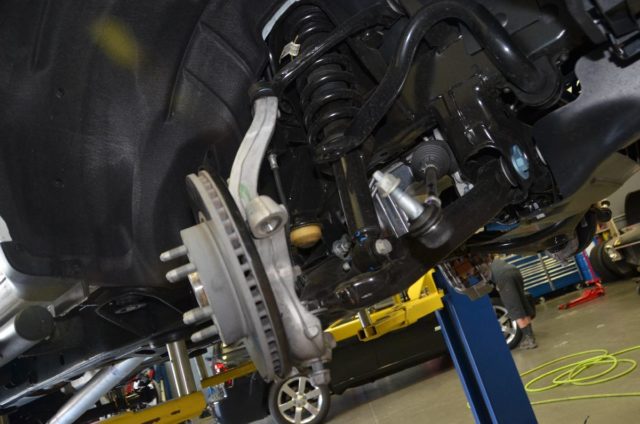
The front suspension on the Colorado is an independent system that utilizes upper and lower control arms, as well as an OE coilover/strut shock.
Up front, installing the new parts is a bit more involved, but still very simple. Removing the knuckle is straightforward: Pull the brake caliper, steering linkage and ball joints. Once the spindle is out of the way and the hub is removed, all that’s left is removing the coilover. Taking the sway bar end link helped us get more room to move.
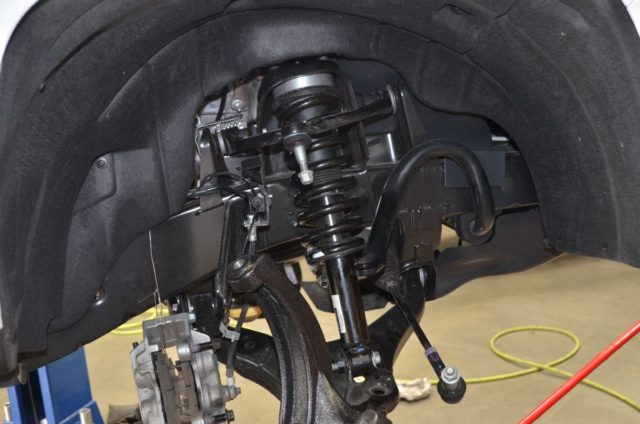
The OE coilover was removed and disassembled. The new aluminum spacer went in between the coil and the top hat of the coilover. The coilover then went back into the same mounts it was previously in.
As mentioned previously, the coilover has to be disassembled. The spring was under serious load, so we didn’t just pull the nut off the top of the strut. A coil spring compressor was used to keep the coil partially compressed, then the top hat was removed. The new aluminum spacer was installed between the coil and the top hat. The 0.25-inch thick steel spacer fit over the studs on the top hat and the whole unit was reinstalled in the same location it was prior.
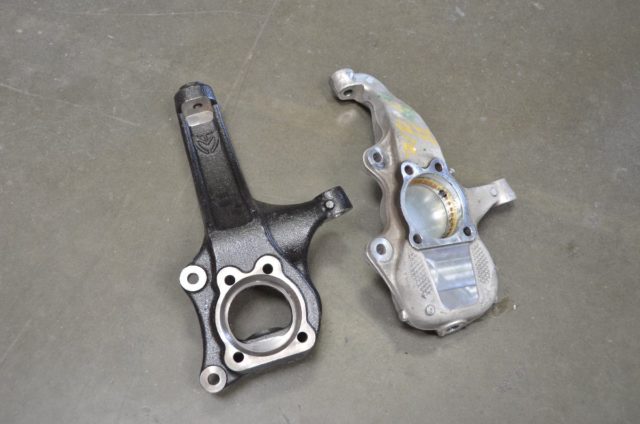
Set side by side, it was easy to see the difference between the OE spindle (right) and MaxTrac spindle (left). The beefier MaxTrac unit was designed to relocate the machined hub mounting location in a much lower position.
The new knuckle bolted in just as the factory unit did using the existing ball joints, tie-rod ends, wheel hub and brakes. The machining of the spindle was done to exacting factory specifications for a perfect fit with OE components every time. After the spindle was in, the sway bar and brakes were reattached. Now was a good time to replace the brake lines with the new stainless steel units.
The new 6.5-inch suspension height allowed for a much larger tire than the original 29-inch the truck rolled off the factory assembly line with. For our install, we set a set of AMP 35-inch Trail Grippers mounted on Mayhem Wheels. We’ll have a story on those soon.
With the help of the MaxTrac 6.5-inch Suspension lift, this Colorado now had plenty of style and off-road capability.
What’s The Point?
Some may wonder what the point of lifting a two-wheel-drive vehicle is. A lot of it comes down to the expense. Two-wheel-drive vehicles have a less costly entry point. Factoring in a four-wheel-drive’s lower fuel mileage, higher insurance costs, and more components requiring maintenance, and it becomes clear why some choose a 2WD over a 4WD. Whether it’s to save money to get into a truck, or not needing four-wheel-drive and not wanting to waste money, sometimes two-wheel-drive is a practical option.
MaxTrac’s suspension lift allowed the truck to get higher off the ground, making room for larger tires, which then handle off-road duty far better. A bigger tire fills a bigger hole, and a larger sidewall creates more secondary suspension.
A taller tire puts more clearance between body/suspension components and the ground, too. And if you’re in it strictly for the looks, it has a far better curb appeal when you’re done.
Be sure to check out more from MaxTrac on its website and Facebook page.

